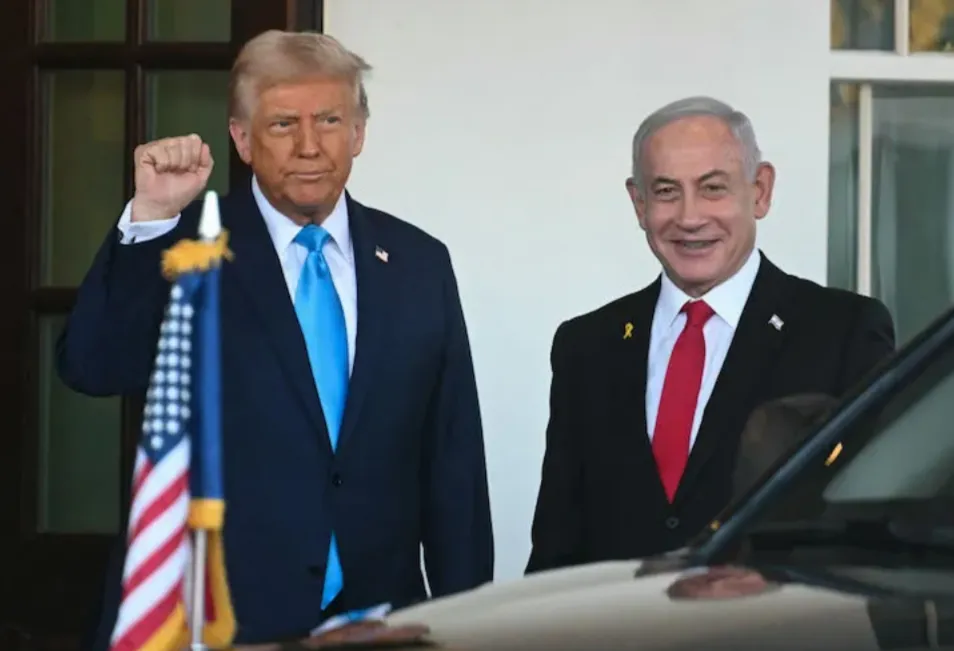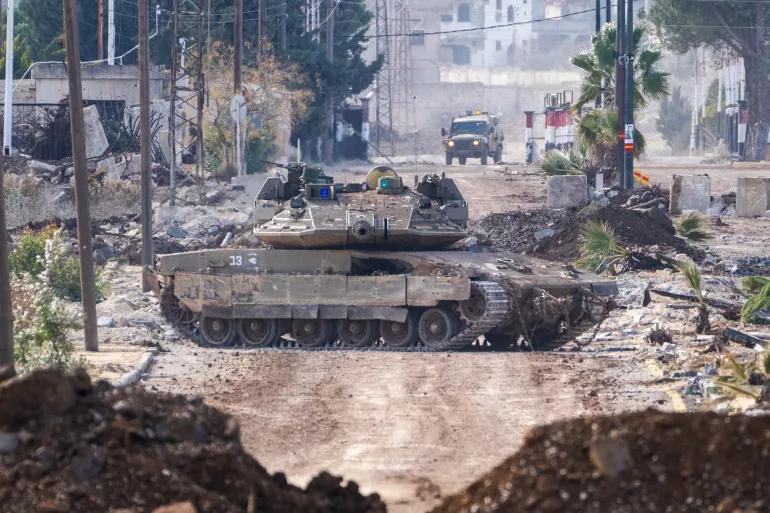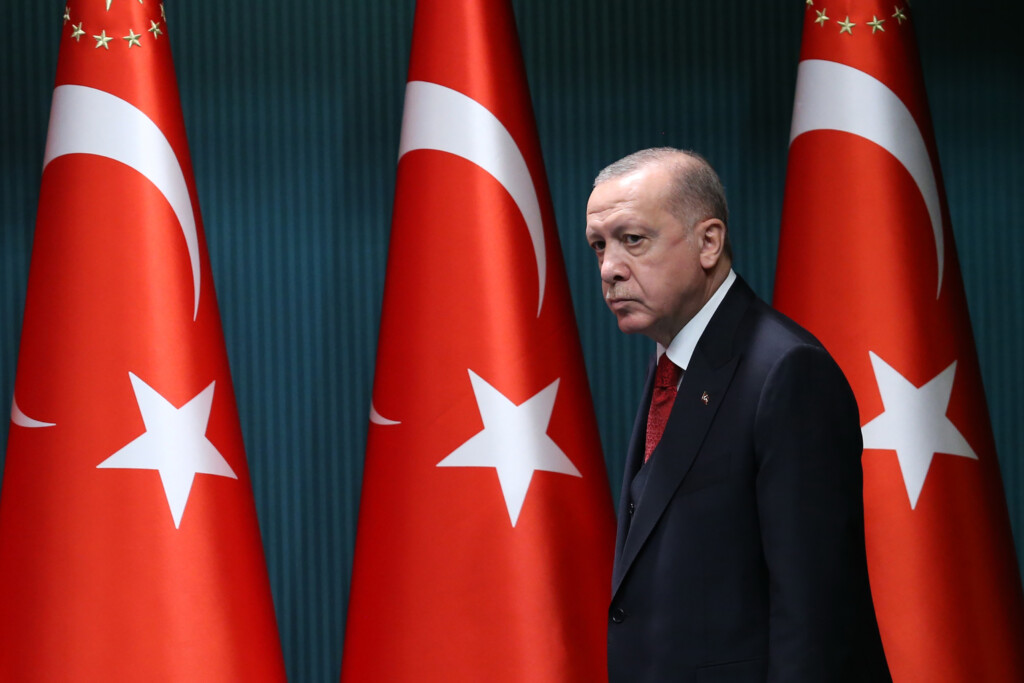On February 3, 2025, the Australian Government imposed anti-terror sanctions on several entities worldwide, including Lebanese Hizbullah’s new Secretary-General Na’im Qassem, saying the Iran-backed organization is responsible for the deaths of countless civilians in Lebanon, Israel and across the Middle East.[1]
On the following day, Lebanese Hizbullah and Palestinian factions, The Palestinian Mujahideen Movement (PMM) and The Popular Front for the Liberation of Palestine (PFLP), issued press releases condemning Australia’s sanctions as an “antagonistic” move aimed at breaking the will of the resistance against the “nation of injustice” and “Zio-Western hegemony.”
Hizbullah: The Sanctions Reveal Australia As “A Subservient Instrument In The Service Of The American-Zionist Project”
On February 4, 2025, Hizbullah issued a press release saying that the Australian government’s decision to impose anti-terror sanctions once again reveals the true face of Australia as a “subservient instrument in the service of the American-Zionist project.”[2]
It called the decision “unjust” and lacking the legal and moral basis: “It rather represents a clear bias towards the Zionist entity and a cover-up for its aggression and terrorism,” noting that the Australian government should have punished Israel instead, and stood by the oppressed peoples of Lebanon and Palestine.
Additionally, Hizbullah affirmed that this decision will not have any effect on Hizbullah’s “natural right” to resist and defend Lebanon and the Lebanese people, and to support the “just Palestinian cause.”
“Rather, it will increase its determination and steadfastness to continue the march in confronting the occupier.”
The Palestinian Mujahideen Movement: Australian Government Sanctions “Reveal Western Subservience To The Zionist Aspirations”
The PMM press release opens by saying: “The Australian government’s decision, which goes in line with the Western trend to besiege the resistance forces and designate them on terror lists, comes in the context of protecting the Nazi Zionist entity, and reveals the reality of the Western subservience to the Zionist aspirations.”[3]
The movement further stated that resistance is a legitimate right, and a patriotic duty, in the face of Israel’s “genocidal war supported by the West,” adding that Australia and other countries should impose sanctions on, and designate Israel, as a “terrorist entity” for the “ethnic cleansing and brutality” against the Palestinian people.
“These antagonistic decisions and Western scheming will not succeed in breaking the will of our nation’s resistance and legitimate efforts to get rid of the injustice and Zionist-Western hegemony.”
The PFLP: The Australian Authorities’ Decision Is “Further Evidence Of Involvement In The American-Zionist Project Against The Resistance Forces”
For its part, the PFLP issued a press release[4] strongly condemning the Australian government’s decision as “further evidence of the Australian authorities’ involvement in the American-Zionist project that aims to besiege the resistance forces and attempt to subjugate them.”
The group argued that the decision is part of an ongoing Western war against resistance movements, where “old and new colonial powers continue to target everyone that confronts their antagonistic projects and rejects their hegemony” in Palestine, Lebanon, Yemen, and every arena where the banner of the resistance continues to fly.
The PFLP stressed its firm support for Hizbullah and its leader, and called on others to condemn Australia’s decision and “expose its subordination to the American-Zionist axis.”
“Resistance is not terrorism. It is a source of pride and honor, and a legitimate right for all people who reject occupation and aggression,” it declared.
[1] Foreignminister.gov.au/February 4, 2025.
[2] Telegram, February 4, 2025.
[3] Telegram, February 4, 2025.
[4] February 3, 2025.








